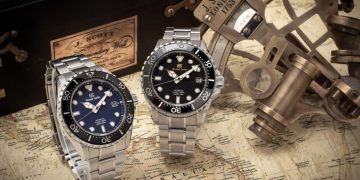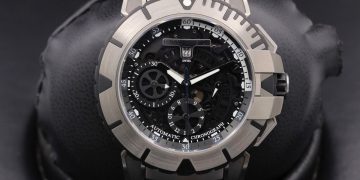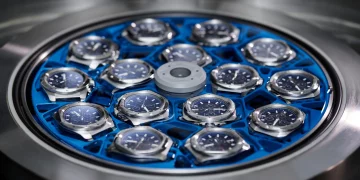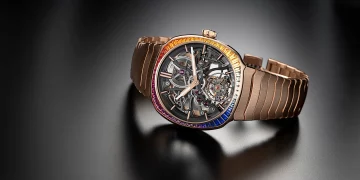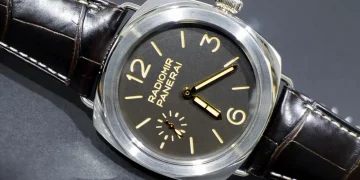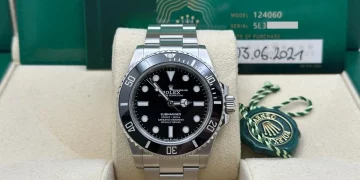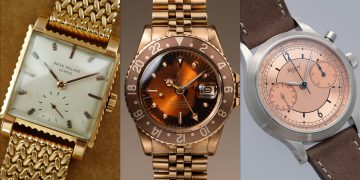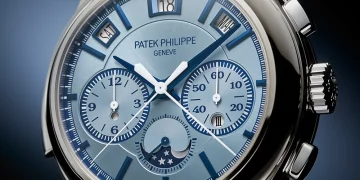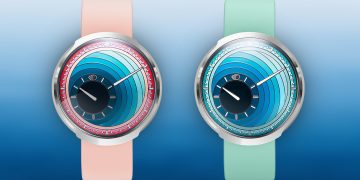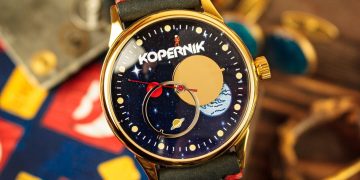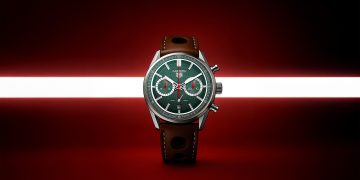Introduction:
The luxury watch industry is a unique blend of tradition, craftsmanship, and innovation. While many watch enthusiasts prize historical legacy and the timeless appeal of classic designs, the modern market is characterized by rapidly changing consumer preferences, technological advancements, and the emergence of new competitors. For historically rich watch brands like Rolex, Patek Philippe, Audemars Piguet, and Vacheron Constantin, the challenge is clear: How can they maintain their relevance and competitiveness in today’s ever-evolving market while staying true to their rich legacies?
In this article, we will explore how historic watch brands leverage their heritage, embrace modern technologies, and adopt innovative marketing strategies to remain competitive. We will also look at how they navigate changing consumer demands, market trends, and the challenges posed by newer, more tech-savvy competitors.
1. Preserving Brand Legacy While Embracing Innovation
1.1 Balancing Tradition and Modernization
For historic brands, maintaining their core values and commitment to quality craftsmanship is essential. However, simply relying on legacy can no longer guarantee success in today’s market, where technology, style trends, and consumer behavior shift rapidly. These brands must find ways to integrate innovation while respecting their heritage.
- Timeless Designs with a Modern Twist: Many brands continue to produce iconic models that reflect their historical roots. For example, Rolex continues to produce its famous Submariner and Daytona, but with modern upgrades such as upgraded movements, materials like Cerachrom bezel inserts, and enhanced water resistance. These refinements ensure the watches stay competitive while retaining their traditional appeal.
- Material Innovation: While steel and gold remain staples, many historic brands are incorporating modern materials such as ceramic, titanium, and carbon fiber to meet the demands for durability, lightweight construction, and scratch resistance. For instance, Audemars Piguet has introduced its Royal Oak Offshore Diver in titanium to cater to contemporary tastes while staying true to its roots.
1.2 Integrating New Technologies
While many historic watchmakers are best known for their mechanical expertise, they are increasingly embracing modern technology to stay ahead. The integration of cutting-edge movements, smart features, and innovative complications is essential for staying competitive.
- Smartwatch Integration: Some traditional luxury brands are embracing the world of smartwatches by creating hybrid models that combine classic analog aesthetics with digital functionality. For instance, Tag Heuer launched the Connected smartwatch, which blends luxury with advanced digital features like heart rate monitoring and GPS, tapping into the growing wearable tech market.
- Advanced Movements and Complications: Traditional watchmaking has always been about pushing the boundaries of mechanical innovation. To keep up with modern demands, Patek Philippe and Vacheron Constantin have continued developing complex movements with multiple complications, such as perpetual calendars and minute repeaters, blending time-honored techniques with cutting-edge mechanics.
2. Adapting to Changing Consumer Preferences
2.1 Understanding Modern Consumers’ Needs
To remain relevant in today’s market, historic brands must align their offerings with the preferences and desires of modern consumers, particularly the younger generation. This requires not only understanding market trends but also anticipating future shifts in demand.
- Focus on Craftsmanship and Exclusivity: Today’s consumers, especially millennials and Gen Z, seek more than just a luxury item—they want authenticity, storytelling, and an emotional connection to the brand. For instance, Patek Philippe has always emphasized the craftsmanship and family heritage behind its timepieces, offering customers a sense of ownership of a piece of history. This emotional appeal is a key part of their strategy.
- Sustainability and Ethical Sourcing: Modern buyers are increasingly concerned with sustainability and ethical sourcing. Brands with deep historical roots are beginning to embrace environmentally friendly practices. Vacheron Constantin and Audemars Piguet, for example, have committed to responsible sourcing of materials, transparent production methods, and reducing their environmental footprint.
2.2 Customization and Personalization
Today’s consumers value personalization and the ability to own a timepiece that reflects their unique style. Historic brands are tapping into this trend by offering customization options for watch lovers who want something more tailored.
- Bespoke Watches: Some brands, such as Patek Philippe and Rolex, offer customized models, allowing clients to personalize aspects like dial color, strap material, and engraving, making the watches feel more personal and exclusive.
- Limited Edition Releases: Creating limited edition models that reflect the tastes or cultural significance of modern buyers is another strategy. Brands like Omega and Audemars Piguet frequently release special collections that appeal to specific consumer segments or commemorate major milestones, keeping their legacy alive while catering to the demand for exclusivity.
3. Innovative Marketing and Brand Positioning
3.1 Digital Transformation and Social Media
The rise of social media and digital platforms has transformed how brands interact with consumers. Historic watch brands, once known for traditional advertising and exclusive in-store experiences, are now engaging with customers through digital channels.
- Social Media and Influencers: Brands like Rolex and Tag Heuer have embraced social media marketing to showcase their timepieces in a more relatable and accessible way. They collaborate with celebrities, influencers, and watch collectors to build brand awareness and reach younger audiences who may not be familiar with the brand’s legacy.
- Virtual Experiences and E-Commerce: Many brands are also improving their online presence and offering virtual experiences, allowing potential buyers to explore new collections from the comfort of their homes. Some historic brands have started offering direct-to-consumer e-commerce options, allowing for a more seamless shopping experience while preserving their exclusivity.
3.2 Focus on Brand Heritage in Marketing
While embracing modern technology, many watch brands still maintain their emphasis on heritage as a core component of their marketing strategy. For example, Patek Philippe’s iconic slogan “You never actually own a Patek Philippe. You merely look after it for the next generation” resonates deeply with consumers seeking a sense of timelessness and legacy. By weaving their historical story into their marketing campaigns, these brands create an emotional appeal that connects with customers on a deeper level.
- Heritage-driven Storytelling: Luxury watch brands use storytelling as a key part of their marketing strategy, tying the product’s craftsmanship, innovation, and historical significance into compelling narratives. This helps to create a strong emotional connection, emphasizing the history and quality behind the brand.

4. The Importance of Collaboration and Innovation
4.1 Collaborations with Artists and Designers
Another way historic watch brands stay competitive is through collaborations with renowned artists, designers, or other luxury industries. These collaborations allow the brand to expand its appeal, particularly among younger, fashion-conscious consumers.
- Celebrity and Designer Collaborations: Brands like Tag Heuer and Omega have worked with celebrities, such as Steve McQueen and James Bond, to create iconic, culturally significant timepieces that resonate with a wide audience.
- Partnerships with Luxury Brands: Some watchmakers have partnered with high-end fashion brands or automobile manufacturers to create limited edition pieces that appeal to a broader market while keeping the focus on luxury and exclusivity.
4.2 Innovation in Functionality and Design
While historic watch brands are known for their timeless designs, they also incorporate innovative functionalities to address the needs of modern consumers. Audemars Piguet’s integration of tourbillons or complicated movements like perpetual calendars into sleek, modern designs shows how historic brands can blend traditional watchmaking with modern-day expectations.
- Hybrid Watches: A few luxury brands, such as TAG Heuer and Louis Vuitton, have launched hybrid models combining classic mechanical movements with smartwatch features. These watches retain the aesthetic appeal of traditional luxury watches while integrating the digital connectivity that today’s consumers expect.
5. Conclusion:
In the modern watch market, historically rich brands must strike a delicate balance between preserving their storied legacy and embracing innovation. By adapting to modern consumer preferences, adopting technological advancements, and exploring new marketing channels, these brands remain relevant and competitive. Additionally, by incorporating personalization, sustainability, and collaboration into their business strategies, these iconic brands continue to thrive in a rapidly changing landscape.
Ultimately, it is the combination of heritage and forward-thinking strategies that allows historic watch brands to maintain their position at the pinnacle of the luxury watch industry, catering to both long-time collectors and new generations of consumers.


